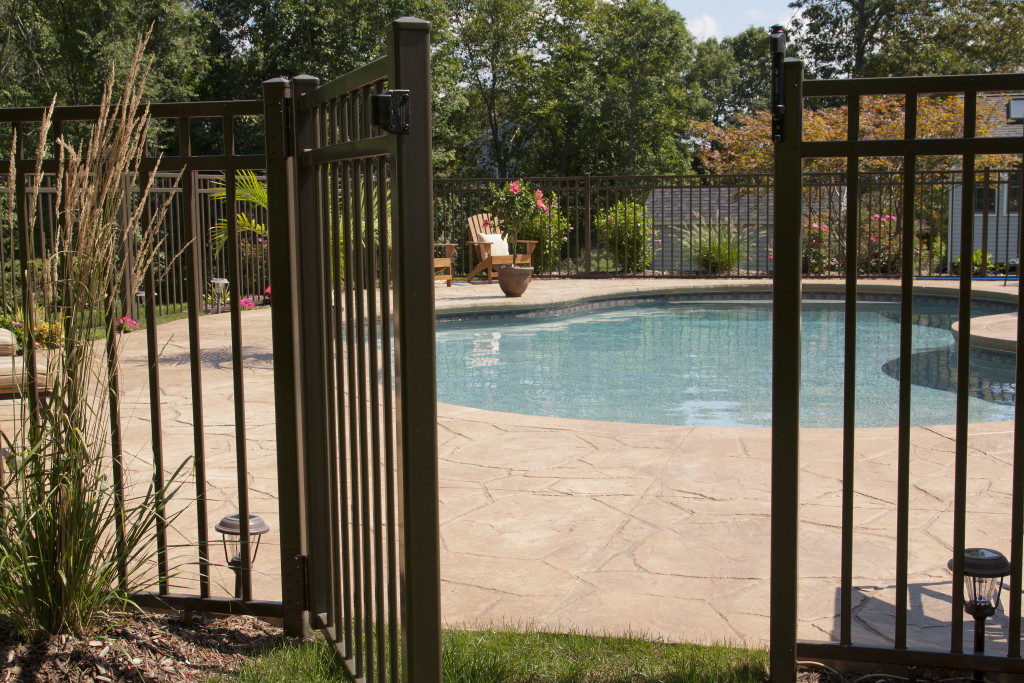Homeowners rely on fencing to improve their home’s privacy and deter people from trespassing on their property. It keeps your kids and pets from going out and your neighbors and strangers from going in.
Fences also come in many styles to fit your home’s design, from traditional picket fences and wrought iron enclosures to modern cement walls and vinyl fences. But before calling a vinyl fence contractor in Utah, you need to do some research about what steps you need to take.
Area zoning laws might require that you hire a surveyor first. And if you live in an area with a homeowners association, your fencing options can be limited. If you have cleared all the legal hurdles, the next step is choosing the material to build your fence with.
Here are some of the most common fencing materials:
1. Wood
Wood is the most common and classic style of home fencing. They are often used for both backyard and front yard fencing. There are three types of wooden fencing: solid wood, composite, and treated wood.
Solid wood, such as cedar, teak, and redwood, are standard options for fencing. Cedar, prized for its classic look, is often used for backyard fencing. The planks are resistant to insects and decay, although you might have to replace portions of the fencing after several years.
Teak and redwood are more expensive than cedar, so its use is limited to small enclosures only. Like other solid woods, they are resistant to shrinking and insect damage. Sealant has to be applied at least once every six months to protect the original color. The materials can be customized to different styles, and installation is relatively straightforward.
Composite wood is made with plastic polymers. The result is a fencing material that looks like wood and is resistant to weather damage and insects. The improvement in durability also carries a heftier price tag. And you also need to hire professionals to install a composite wood fence.
2. Vinyl

Vinyl is a relative newcomer in the fencing scene. It has been steadily growing in popularity since it was developed a few decades ago. Early models tended to become brittle and wear out after a few short years, but newer models are more durable and longlasting.
Like solid wood, they come in many styles, heights, and colors. Installation requires a vinyl fence contractor, however. There is no maintenance required: all you need to do is to rinse the fence with water.
3. Metal
Next to wood, metal is one of the most common fencing materials. Metal fencing has been used for hundreds of years and is common in heritage structures and upscale homes. Not only do they look good, but they also last for a very long time. It is not uncommon to see wrought iron fencing dating back over a hundred years.
Other newer metal options include steel, cast iron, and aluminum. They combine the strength of a wrought iron fence and the ease of installation of a solid wood fence.
Fencing materials come in different shapes, colors, heights, and properties. There is a good option at every price point, but you need to choose the right material according to your needs. Check with your fence contractor about the best fencing for your home.

